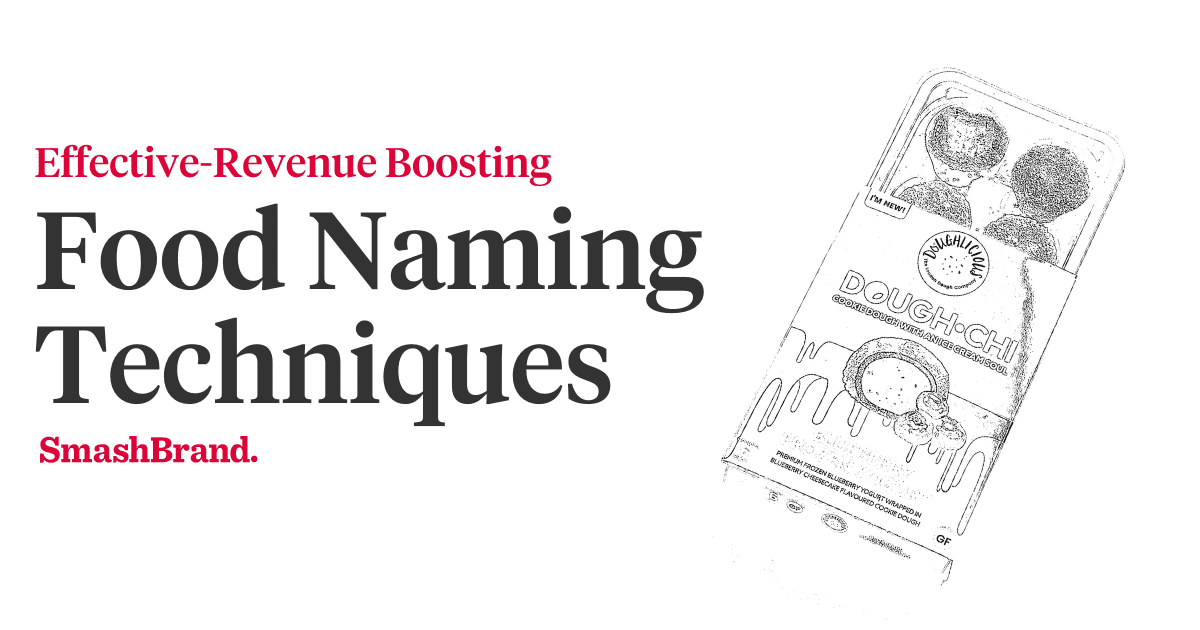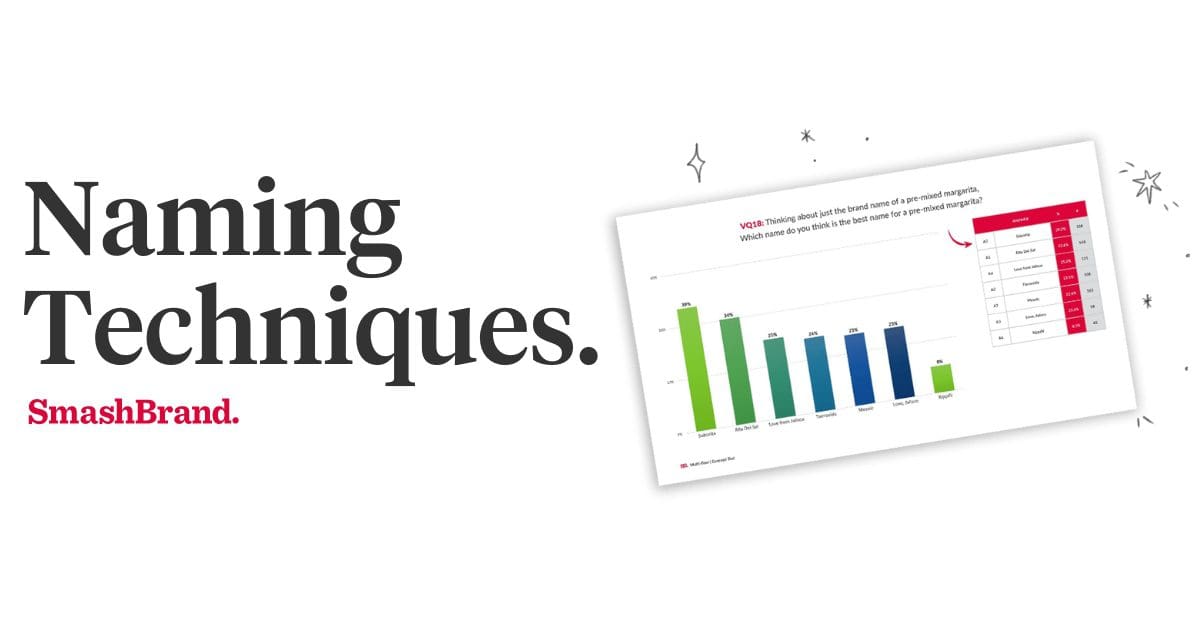A rebranding launch is a pivotal moment that can make or break your company’s future. When done right, it marks a new chapter that re-energizes your brand and propels growth. Failing to plan and execute it properly can confuse the target audience and dilute the brand equity. If you’re planning a rebrand, the stakes are high.
This complete guide will walk you through launching a refreshed brand identity tailored to your goals. We’ll cover actionable tips on nailing strategy, smoothly transitioning branding, driving awareness, and measuring success. Follow this framework for a rebranding rollout plan that evolves your brand and delights customers.
Whether considering a brand refresh or complete rebranding, these steps will successfully usher your company into its next chapter. So, are you ready to unlock the future of your brand? Do you want to unlock new levels of connection and growth? If yes, keep on reading to find out.
Developing a Strategy for Your Rebrand Launch
When going through a rebranding checklist, creating a comprehensive strategy is a crucial step in the rebranding project. A thoughtful launch strategy sets your rebranding efforts up for success and ensures a smooth transition to your new brand identity. The rebranding launch strategy must map out key actions across go-to-market, marketing, communications, operations, and any customer-facing areas impacted by the transition.
It will identify potential risks and have contingency plans to address any issues. It will align go-to-market and marketing initiatives, such as updating each branding asset, website, advertising campaigns, and PR outreach for an integrated rebranding rollout plan. All these steps towards rebranding should support a consistent brand experience.
An effective rebranding launch strategy may include the following points:
Go-to-Market Strategy
The first step to a successful rebranding launch is having a go-to-market strategy. It involves careful consideration of timing, target audience, messaging, and execution timeline. Timing the rebranding launch day is crucial. A company may consider calendars, internal readiness, and other market factors to pick an optimal launch day. Therefore, it should give itself enough time to execute a thorough launch plan.
Another essential element of the go-to-market strategy is identifying the target audience. Understanding their needs will help adequately guide the rebranding rollout plan. A company can easily tailor messaging and outreach strategies based on audience segments instead of targeting the whole market.
The brand messaging must convey how the rebrand benefits the target customers and speaks to the target audience’s needs. Companies must craft compelling narratives around the purpose of the rebrand and adequately explain what’s new. Developing a detailed strategy and timeline ensures all teams are aligned on deliverables.
It’s crucial to pinpoint critical milestones leading up to the launch day and delegate responsibilities across various departments, including marketing, communications, and product development. Crafting an integrated go-to-market Strategy combines all the facets of your rebranding launch into a unified plan.
With precise timing, a focus on the target audience, compelling messaging, and flawless execution, you can successfully launch your new brand. A well-thought-out strategic launch establishes the foundation for a successful rebrand.
Marketing Strategy
After developing a go-to-market strategy, a company must also have a well-planned marketing strategy. It is the key to amplifying the rebrand and reaching your target audience effectively. The marketing strategy may leverage digital marketing, public relations, brand awareness campaigns, promotions, offers, and more.
Companies can effectively utilize digital marketing and social media to share how the new brand looks, its messaging, and its value proposition. The internet is changing; people are now more interested in short-form content. So, launch brand awareness campaigns on platforms such as TikTok, Instagram and Facebook reels, YouTube shorts, etc.
The new marketing strategy must adopt technological changes such as Google Search Generative Experience (SGE) and Large Language Models (LLMs) like ChatGPT, ClaudAI, etc. So, the new strategy must accommodate these changes to stay relevant to the latest trends. Businesses must craft a press release, secure feature stories, and pitch reporters to boost visibility.
Prepare frequently asked questions and answers to address common rebranding questions. It will further clarify the purpose of rebranding and eliminate possible confusion. Promotions and offers such as contests, sweepstakes, and special discounts encourage engagement around the brand launch. These techniques can incentivize the target audience to interact with the rebrand.
Mitigate potential risks of rebranding by consistently ensuring all brand touchpoints reinforce your new identity. Make formal rebranding announcements internally and externally. Follow best practices for rebranding for a smooth transition.
Role of the Sales Team in Rebranding Launch
A company’s rebranding launch strategy is incomplete without its sales team. The sales team plays a critical role in executing a successful rebranding launch. Their buy-ins and preparations will directly impact customer retention and revenue growth through the transition. The team must be fully aware of the reasons for rebranding and know when to rebrand.
Companies must adequately educate their sales team before the internal launch. They must provide training through workshops, webinars, and seminars on the new brand strategy, rebranding rationale, key talking points, and updated sales collateral and messaging. Well-educated internal team members will become brand ambassadors.
Gamification and announcing brand champions based on performance will make this process fun and engaging. It will help boost productivity and smoothen the rebranding effort by eliminating resistance towards the brand changes from the internal audience.
Each team member must know their role when launching the new brand strategy. For example, a graphic designer must update marketing material like brochures, presentations, email templates, and signage timely. The goal is to ensure that the updated collateral aligns with the rebranding campaign.
The sales team may lead the customer communication plan by sending a formal rebranding announcement, follow-up emails, and scheduling calls with key accounts. The team must address how the rebranding process will benefit the target customers. With the proper knowledge and tools, sales teams can retain existing customers, upsell them on new offerings, and attract fresh leads through a successful rebranding launch.
Executing a Flawless Rebrand Launch
After developing a go-to-market and marketing strategy and adequately educating the sales team and key stakeholders on the new brand guidelines, it is time to step forward and launch the rebrand. Companies must divide their strategy into several small steps to execute a flawless brand launch and focus on one at a time. It will ensure everything goes smoothly, and it can be controlled directly if things don’t go as planned, it can be controlled directly.
Brand Touchpoints Alignment
When learning how to rebrand a company, it is essential to understand the importance of aligning brand touchpoints with its strategy. Careful touchpoint alignment is critical for executing a cohesive rebranding based on the rebranding template and plan. It brings the new brand seamlessly to life across customer experiences.
When a business undergoes a rebranding process, updating all touchpoints where customers interact with the brand is essential. This includes changing online, print, digital, and environmental materials to reflect the new visual identity. A systematic plan is necessary to ensure that all touchpoints are adequately overhauled.
Creating clear brand guidelines for visuals, voice, tone, and messaging is also helpful to guide the overall rebranding strategy. A company may face the following challenges during its brand touchpoint alignment:
- Budget limitations
- Overlooked touchpoints
- Employee resistance
- Technical challenges
- Customer confusion
- Loss of brand equity
- Timing issues
Driving Brand Awareness
Once all brand touchpoints are updated, the next step is to inform the target customers about the successful brand launch. When undertaking a major rebranding project, it is essential to familiarize the target audience with the new brand identity and messaging. At this stage, companies may utilize paid and organic strategies across channels to maximize their reach and exposure.
To make these campaigns even more fruitful, companies may identify their key audiences, demographics, messaging, and channels based on the campaign goals and personas. Measuring key performance indicators throughout the time can significantly benefit at this stage. It will help optimize ads to maximize the effectiveness of brand awareness campaigns on a minimum budget.
A company may face the following potential challenges when building awareness for its rebranding campaign:
- Budget constraints limiting campaign scale and duration
- Confusion or hostile reception from existing customers
- Failure to reach new target demographics
- Inability to measure the impact of awareness tactics
To overcome these challenges, the business should optimize spending by focusing on the highest ROI activities. It must gradually transition brand elements to avoid alienating current customers. Organic amplification, such as influencers, should be leveraged to expand the reach of the campaigns.
Some basic yet effective methods to drive rebrand awareness include:
- Advertising and promotions like social ads, SEM, and out-of-home – build brand recognition
- PR and media outreach with a press release and pitches – secures organic visibility
- Digital engagement on social, website, and communities – spreads brand awareness
- Rebranding presentation deck
- Brand ambassadors initiatives – extends reach through advocacy
Launch awareness surges around central rebranding milestones. Sustain momentum post-launch through ongoing campaigns and nurturing audience reception, especially when rebranding products.
Measuring Success
Every brand launch strategy should be measured to determine its level of success. Though helpful, it can also be challenging. The main challenge is the cost of rebranding, including everything from logo design to website rebranding, which requires a substantial investment. Business leaders rightly expect to see a definitive return on that investment.
Companies can measure the success of their rebranding strategy by conducting brand perception surveys and asking relevant rebranding survey questions. This can serve as a benchmark. During the rebranding process, they should gather pre-launch baselines for metrics across four key areas:
- Brand awareness and recognition – unaided recall, search volume, website visitors
- Customer sentiment – use rebranding survey questions to establish benchmarks
- Sales & leads – analyze trends for current offerings
- Brand equity & value – conduct brand studies to quantify
Once the shiny new logo and website go live, measure these KPIs on a predetermined schedule. Look for uplifts or dips that correlate with the rebranding. Survey customers directly for feedback. Be prepared that it may take months or even years to realize the full business impact. Regularly report progress against goals to leadership and stakeholders.
Common Mistakes to Avoid
While companies may enjoy the benefits of rebranding, the margin for error is tiny. Sometimes, a small mistake in the strategy can lead to significant rebranding failures. There are hundreds of examples to learn from, for example, the Tropicana rebrand.
Let’s discuss some basic mistakes to avoid when implementing an effective rebranding launch strategy:
Inadequate Communication with the Internal Audience
Keeping the internal audience on the same page is essential to implement an impactful rebrand. A significant pitfall is failing to communicate the rebrand and gain organizational buy-in. Employees are a brand’s strongest advocates and can make or break implementation.
Without proper training and materials, they will be confused, improperly represent the brand, or even resent the change. This will directly hurt customer experiences and rebrand rollout. To avoid internal communication issues, follow best practices for rebranding, like communicating the strategy, providing brand guides, updating internal platforms/signage, and training customer-facing staff.
Disorganized Brand Transition
Planning the transition process carefully is crucial to ensure the new branding is consistent across all touchpoints. When the timing, coordination, and execution of the transition are not well-planned, the customer experience may suffer.
They may come across mixed versions of old and new branding, which can harm the company’s credibility during the critical launch period. To avoid a disorganized and disjointed shift to the new rebranded experience, meticulous transition planning and governance are necessary.
Failure to Align Key Stakeholders
Another essential thing for a rebrand is to have the support and agreement of key stakeholders, such as leaders, investors, partners, and influencers. If the messaging is inconsistent or the legacy brand is still being promoted, it can create confusion.
The rebrand’s success largely depends on stakeholders’ involvement and support. Transparency and education are crucial in ensuring stakeholders clearly understand the rebrand and can support it. When everyone is on the same page, it creates a unified ecosystem around the rebrand.
Declines in Brand Loyalty
Radical rebranding departures without regard for existing customers may cause once-loyal advocates to feel abandoned. They no longer connect with the “new” brand persona. This directly threatens brand loyalty and retention. While differentiation is often a driver, retaining equity should be balanced with the transition.
Customer communication, campaigns highlighting continuity, and a gradual phase-in can help. Learning from rebranding examples and failures is helpful, but brands must recognize that a successful strategy requires detailed planning, robust customer insights, and a well-orchestrated launch. Staying focused on strategy while avoiding common pitfalls will help ensure the rebrand delivers on business goals and return on investment.
Data-Driven Rebranding Launch for Maximum Awareness.
If you need a rebrand with performance predictability, we can help. SmashBrand is a brand development agency that researches, designs, and tests all products to ensure peak shelf performance. Book a time to discuss your project with our team.






